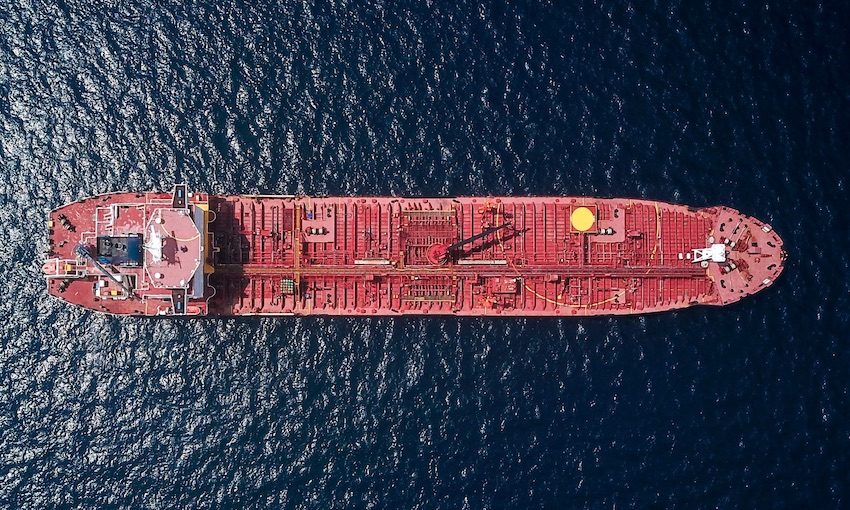A NEW report from a US-based consulting company explores the business risks that flow from the International Maritime Organization’s most recent sulphur and GHG emissions initiatives. It reviews the range of fuel choices through the lens of current and emerging regulatory initiatives, and identifies ammonia as a potentially well-qualified alternative.
Carbon Neutral Consulting’s report also considers the degree of challenge involved in scaling ammonia up as a major maritime fuel.
Stephen Crolius, co-Founder of CNC and co-author of The Ammonia Report said, “Globally, shipping discharges almost a billion tonnes of carbon dioxide into the atmosphere each year.
“The IMO’s initial GHG strategy calls for a 50% reduction in the sector’s GHG emissions versus a 2008 baseline. Yet, at this point in time, of a sample of 500 companies with hard assets at stake, just 20% have a clear decarbonisation strategy.
“Companies have no time to lose in meeting this challenge,” he said.
The Ammonia Report is not an endorsement of ammonia as a bunker fuel. Rather, it is an endorsement of strong strategic planning that can enable maritime companies to thrive through a multi-decade period of disruption.
CNC co-founder Trevor Brown serves as executive director of the Ammonia Energy Association, following his pioneering work in the nascent field of low-carbon ammonia production.
“We saw the relevance of ammonia energy to the maritime sector even before the IMO outlined its initial strategy for reducing GHG emissions in 2018,” he said.
“Over the last three years we have had the opportunity to interact with companies in many different maritime industries and we have studied the key developments.
“We came to realise that the ammonia fuel concept could have far-reaching implications that maritime companies could use to their advantage.”
Report co-author Milton Bevington said, “Right now, for companies in the maritime sector, an ammonia-oriented action plan comes very close to being… a business plan that enables commercial success across a period of intense disruption regardless of the actions of your competitors.
“The critical question, which The Ammonia Report answers, is how can this strategy be rolled out via practical actions in the current environment?”
Included in The Ammonia Report is a low-carbon ammonia cost calculator. This tool allows users to delve into the economics of low-carbon ammonia production using their own assumptions.

